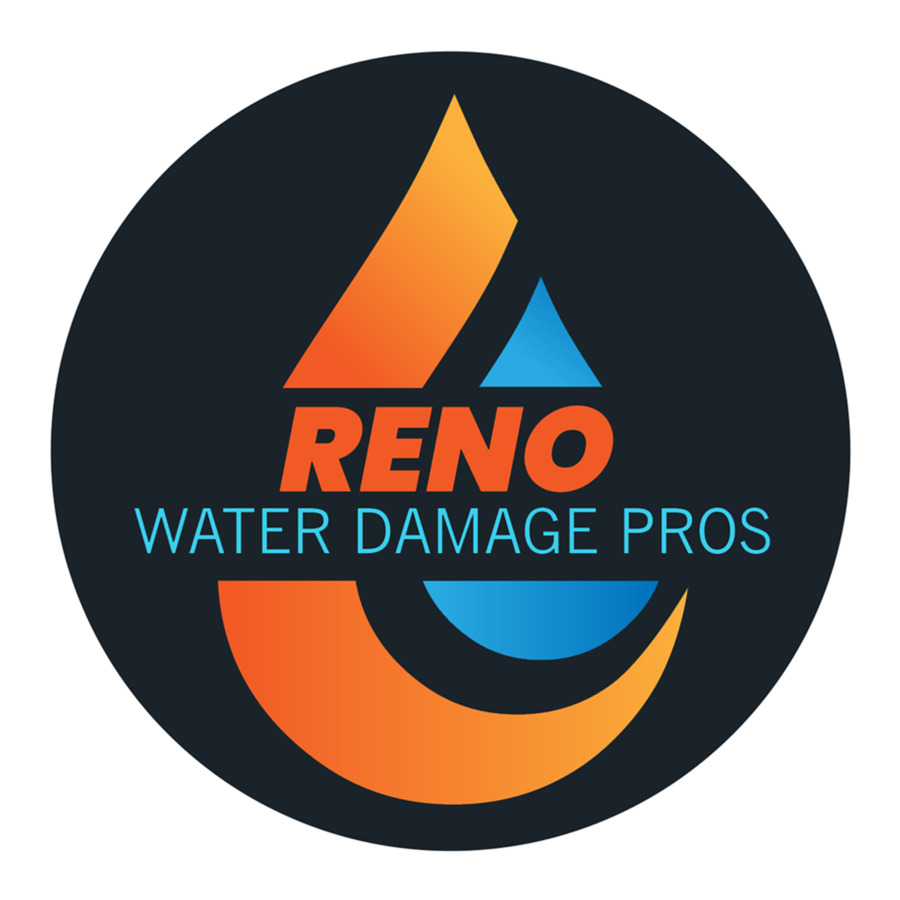
WATER & FLOOD DAMAGE RESTORATION SERVICES IN [LOCATION], [REGION]
Other cities we are located in: [cities]
[location]
[region]
Call [xfield_friendly-phone-number] For 24/7 emergency water
damage services.
[xfield_address]
[location], [xfield_state-abbreviation] [xfield_zip]
PHONE: [xfield_friendly-phone-number]
EMAIL: [xfield_email]
FLOOD WATER REMOVAL & RESTORATION SERVICES
At MAG Water Damage Atlanta, we provide comprehensive flood water removal and restoration services that are designed to quickly restore your property to its pre-damage condition. Our team of experienced technicians have access to state-of-the-art equipment and techniques that allow us to efficiently remove any excess water or moisture from your home or commercial property. We also understand the importance of repairing any damaged materials in order to keep them from becoming a greater problem down the line.
When you work with MAG Water Damage Atlanta, you can count on our team to go above and beyond when it comes to providing exceptional service. From assessing the damage and formulating an effective plan for removing standing water, all the way through replacing and restoring damaged materials – we’ll be there for you every step of the way. Plus, we’ll even guide you on how best to protect your property from further flooding incidents in the future. If you need assistance with flood water removal and restoration services, look no further than MAG Water Damage Atlanta!
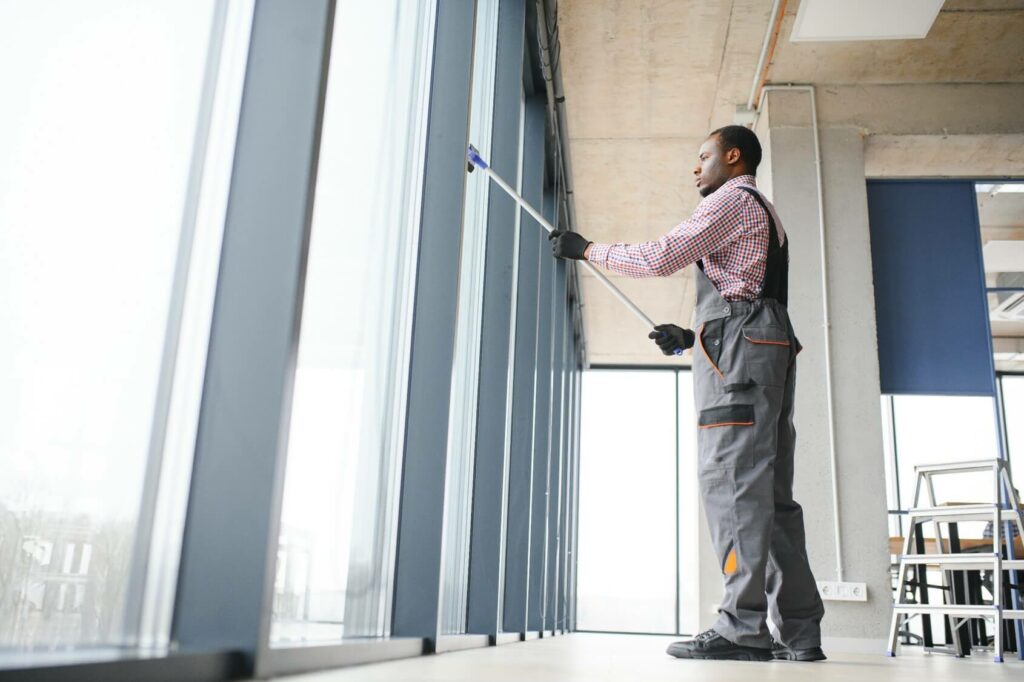
CONTACT US
WATER DAMAGE SERVICES
Standing water can be a major nuisance and it can also lead to permanent damage if left untreated for too long. Unfortunately, many people don’t think about the consequences of standing water until it’s too late. The longer you wait to act, the worse the damage will become. That’s why [xfield_company] are here to help. [xfield_company] have years of experience in dealing with all types of water damage, both big and small. Whether you have a leaky pipe or flooding in your home, our team of expert technicians will be able to identify any structural or foundational issues that may arise due to standing water. We understand that each situation is unique, which is why we provide personalized solutions tailored specifically to your needs.

Water Damage
Repair

Fire Damage
Repair

Mold
Removal

Flood
Damage

Reconstruction &
Restoration

Decontamination &
Disinfection

Smoke Damage
Removal

Commercial Cleaning
& Restoration

Slab
Leaks

Mold
Remediation

Wood Floor
Water Damage

Water
Mitigation

Water
Extraction
Why Homeowners in [county] Choose [xfield_company]
- Emergency water extraction and removal
- Structural drying and dehumidification
- Cleaning and sanitizing of affected areas
- Repair and restoration of affected areas
- Mold assessment and remediation
- Drying and storing of documents and other valuables
- Insurance claim assistance
- Emergency board-up and roof tarping services
- Water damage assessment and inspection
- Insurance claim assistance
- Emergency board-up and roof tarping services
- Water damage assessment and inspection
See What Our Customers Think
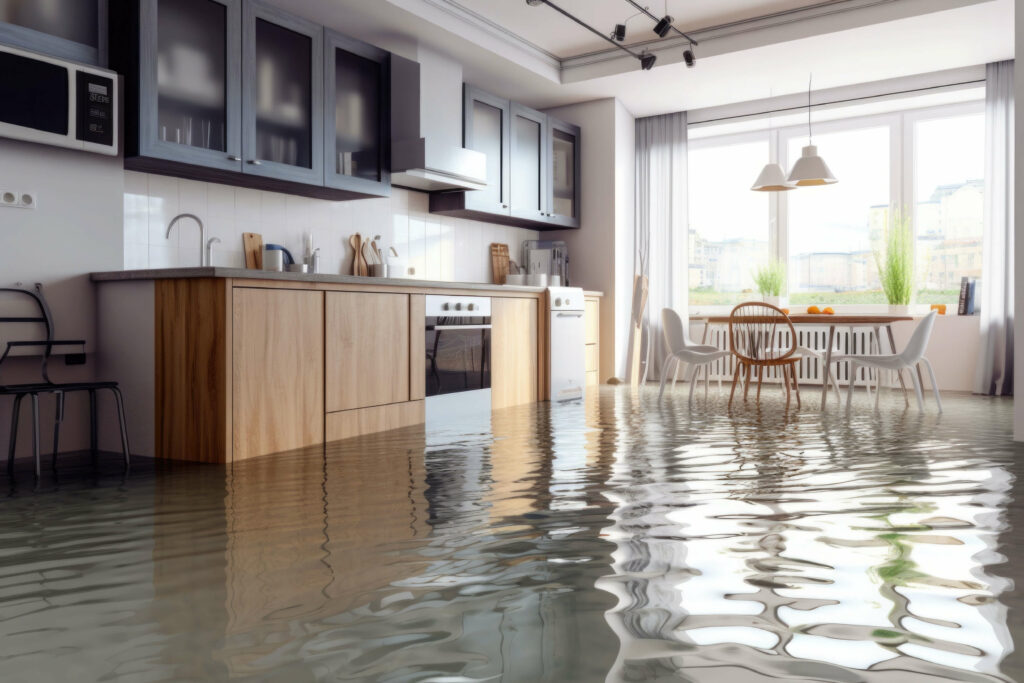
Emergency water extraction and removal
Once the factors taken into consideration for efficient emergency water extraction and removal to begin is wet/dry vacuum extractors or submersible pumps to remove large amounts of standing water. If necessary, dehumidifiers can also be used to control moisture levels after all standing water has been extracted. In some cases, specialized equipment such as infrared cameras may be needed in order to identify trapped moisture behind walls or under floors.
After all standing water has been removed from an area, proper ventilation needs to be ensured in order for drying and dehumidification processes to occur efficiently over time. Air movers may need strategically placed around walls, carpets and furnishings for efficient circulation and evaporation of moisture content within a room over several days or weeks depending on severity of damage caused by flooding or leakage.. It is then recommended that an industrial-grade dehumidifier is used in conjunction with air movers during this process as this will help extract remaining humidity from carpets, walls and furniture faster than would naturally occur over time without equipment being present.. This method ensures that potential mould growth due excessive levels of humidity are avoided as much as possible during restoration efforts post-water extraction process being completed by professionals..
Structural Drying and Dehumidification
The process of structural drying and dehumidification begins with assessing the damage caused by water exposure. Professional water restoration technicians will measure both the humidity levels in the air and also use thermal imaging cameras to determine where any excess moisture is still trapped inside the home’s structure. Once this is done, they can then begin to draw out any remaining moisture using specialized equipment that consists of powerful fans, blowers, high-velocity air movers, desiccant dehumidifiers, refrigerant dehumidifiers, air scrubbers/air cleaners, HEPA filters, ozone generators, and other devices designed specifically for water removal.
The first step in structural drying is to set up an airflow system that will help pull out any remaining moisture. This is done by placing powerful fans or blowers near windows or doors within each room of the home in order to create a continual circulation of air within the area. These fans should be run on high speed in order to maximize their effectiveness. Additionally, portable desiccant dehumidifiers are also used in this step to absorb excess humidity from the air without producing condensation or additional heat.
Once this initial step has been completed successfully it will be time to move on to second setp which involves setting up heating systems throughout the home. The purpose of these systems is twofold; firstly they will help accelerate the evaporation rate of any remaining moisture by increasing ambient temperatures within each room; secondly they will cause any trapped vapor molecules in furniture and walls to expand which further helps with evaporating away standing water droplets. To achieve these goals professional technicians typically use propane or electric powered heaters as well as infrared lamps positioned strategically around areas known to contain moisture pockets such as closets or cabinets.
Finally after all these steps have been taken care of it is important to understand that a successful job requires constant monitoring and maintenance until all signs of water damage have been eliminated completely from your home’s interior environment. Professional technicians will use specialized tools such as hygrometers (to measure humidity) and thermo-hygrometers (to measure temperature) throughout this process so that they can accurately assess when conditions are ideal enough for them to declare a job finished successfully without leaving behind any potential hazards such as mould growth or other unseen damage related problems that may occur if an area was not dried correctly first time round.
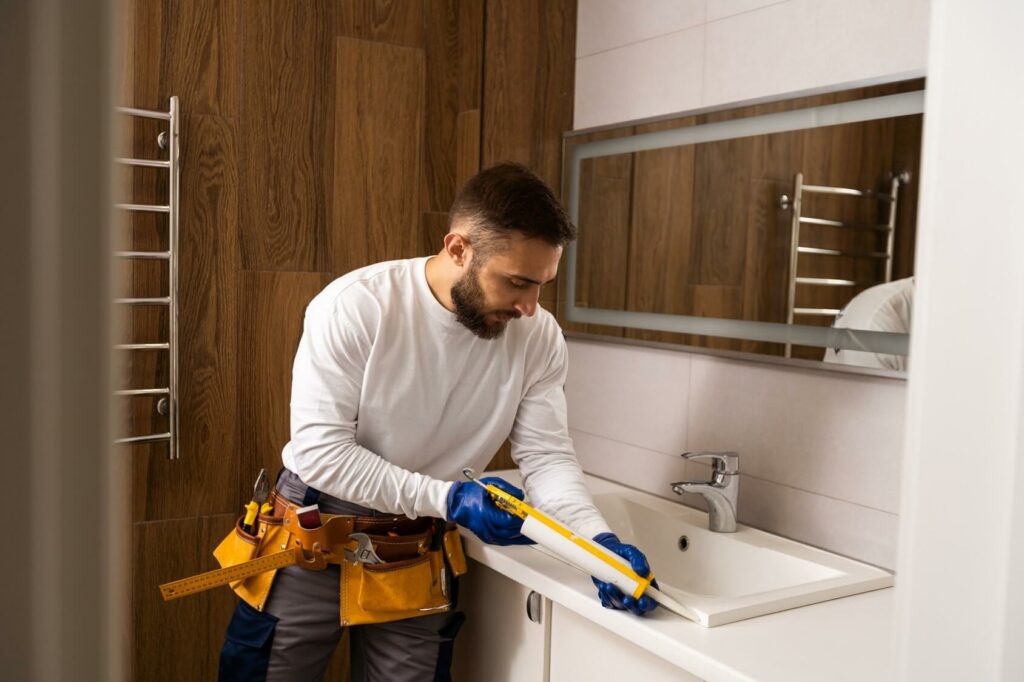
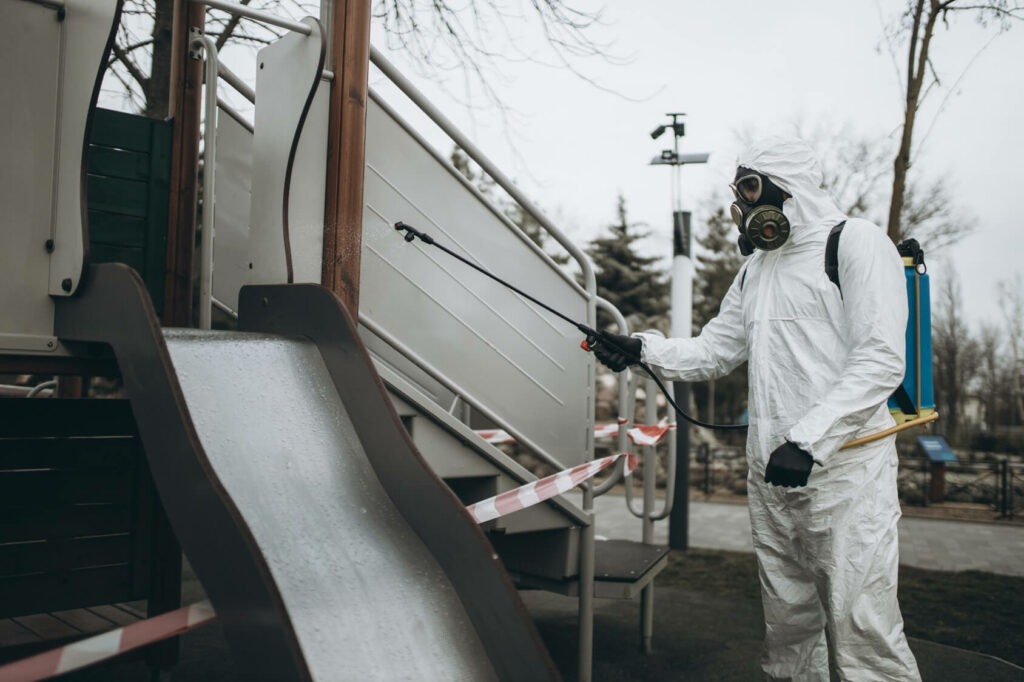
Cleaning and Sanitizing of Affected Areas
The first step in cleaning and sanitizing affected areas from water damage restoration is to remove all of the wet material from the affected space. This includes furniture, carpets, rugs, drapes, and any other item that has been exposed to water. If any porous materials have been exposed to water, they should be discarded as they cannot be adequately cleaned or dried out. Once all of these items have been removed, an appropriate dehumidification system should be set up in order to reduce moisture levels in the area so that drying can occur efficiently.
The second step in cleaning and sanitizing affected areas from water damage restoration is to dry out the space as much as possible using fans and dehumidifiers until all surfaces are completely dry. As part of this process it is also important to check for signs of mold on walls or ceilings in order to prevent any further growth or spread of mold spores. After this step is complete, disinfectants should be applied on hard surfaces such as countertops or floors in order to kill any remaining bacteria or viruses that may be present due to floodwater contamination.
The final step in cleaning and sanitizing affected areas from water damage restoration is to treat the area with specialized products designed for use after a flood event has occurred. These products help eliminate odors caused by microbial growth and also inhibit future microbial growth. Specialized products specifically designed for use after a flood often include detergents, antimicrobials, antifungal agents, enzymes cleaners, odor-eliminating solutions, mildewcides/fungicides, mildew inhibitors/resistant solutions. The application of these solutions should follow manufacturer’s instructions carefully as improper application could lead to additional problems down the road such as corrosion or staining on building materials due to overspray or inadequate rinsing.
In addition to specialized products designed for use after a flood event has occurred there are also certain pieces of equipment that can help speed up the process of drying out an area such as axial fan systems which are used for ventilation purposes; dehumidifiers which remove moisture from indoor air; negative air machines which create negative pressure within a structure; ozone generators which produce ozone gas in order remove odors; thermal foggers which release special fogging solutions into an indoor environment for rapid odor elimination; air movers which force air into wet spaces; carpet scrubbers which clean carpets more efficiently than traditional methods; submersible pumps that can pump standing water quickly from flooded areas; moisture meters used for measuring moisture levels within building structures; infrared cameras used for detecting hidden moisture behind walls or ceilings; infrared drying systems that use heat lamps set at specific temperatures depending on material being dried ;and lastly vacuum extractors used for faster removal of standing liquids when dealing with minor flooding scenarios
Flood Damage Restoration Services
The first step in flood damage restoration services is assessing the degree of flooding. This will involve measuring and recording the amount of water present in the affected area, along with identifying any potential sources of contamination, such as chemicals or raw sewage. A professional flood damage restoration specialist will then evaluate the extent of the damage, determine what equipment will be needed for repair, and develop a plan for the restoration process. This could involve using temperature gauges to measure humidity levels, analyzing air samples to detect levels of hazardous materials, or inspecting walls and ceilings for visible signs of mold growth.
Once these assessments have been made, a plan for flood damage restoration services must be developed. Depending on the level of flooding, this may include replacing damaged flooring and drywall, removing damaged furniture and appliances from wet areas, repairing or replacing electrical systems that have been compromised by standing water, and disinfecting all affected surfaces to prevent microbial growth. To properly restore an area after a flood requires specialized equipment such as pumps to extract standing water; scrubbers and vacuums to remove debris; fans to dry out affected areas; dehumidifiers to remove excess moisture; infrared cameras to detect hidden water damage; moisture meters to measure how much moisture remains in structural components; air quality tests to gauge airborne levels of mold spores; foggers or ozone generators for deep cleaning and disinfection; thermal imaging cameras to locate areas where heat is trapped due to high humidity or poor circulation; pressure washers for hard-to-reach areas that are difficult to clean manually; HEPA filters capable of capturing microscopic particles like pollen dust mites or fungal spores; ionizers designed specifically for indoor air purification; containment tents used when working with hazardous materials such as asbestos or lead paint chips; personal protective equipment (PPE), including boots, goggles, face masks/respirators for safe working conditions during cleanup in contaminated environments.
The final step in flood damage restoration services from water damage restoration is testing the environment once clean up has been completed. Professional technicians use a variety of measurement tools including hydrostatic pressure testers which measure the depth of water penetration into walls and floors as well as relative humidity sensors which indicate if excessive moisture has penetrated into non-porous materials such as concrete slabs or plasterboard walls. In addition technicians may also employ digital hygrometers which measure both temperature and relative humidity inside buildings following flooding events in order assess whether conditions are suitable enough for reoccupation.

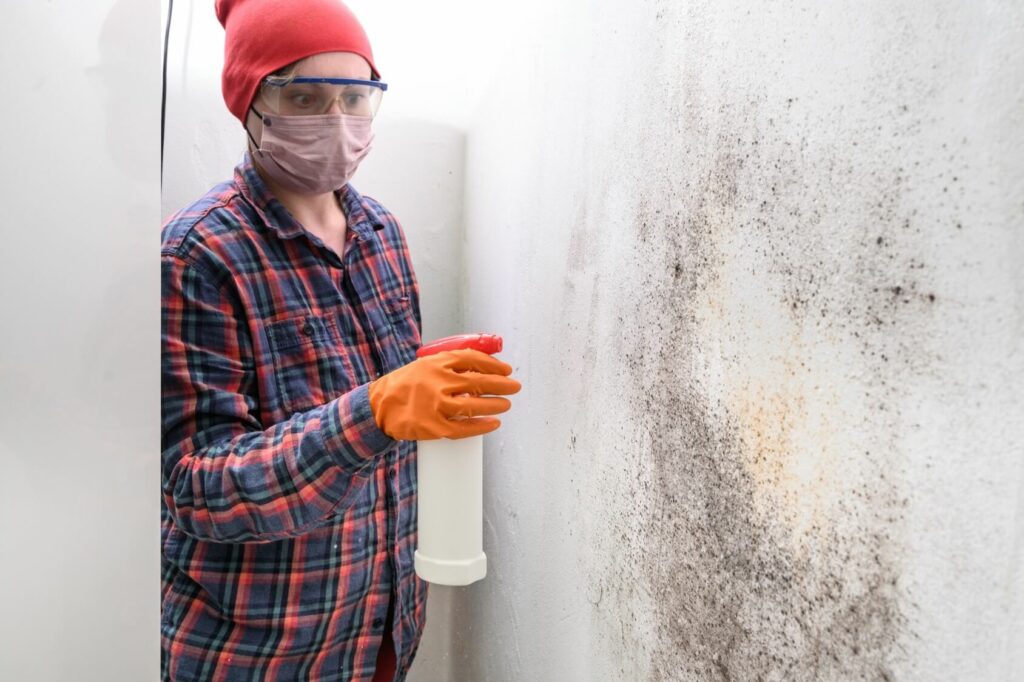
Emergency Board Up and Roof Tarping
The process for handling emergency board-up and roof tarping services begins with the assessment of the damaged area. A professional water restoration team will assess which areas require board-up or tarping, and what type of equipment is necessary to complete these tasks. Depending on the severity of the damage, all windows and doors may need to be boarded up. If only some areas have suffered significant damage, then only those areas would need to be boarded up or tarpped off.
Once it has been determined what needs to be done, materials such as plywood may be used to secure windows and doors in order to limit access into a home or building while providing protection from further water intrusion. Plywood can be cut into panels that are large enough to cover window frames and doorways completely, which will provide greater security than cloth tarps alone. To ensure boards stay securely fastened, heavy duty screws should be used instead of nails so that they remain firmly in place even after repeated exposure to wind and rain.
For roof tarping, durable material is needed that can resist strong winds and heavy downpours without tearing. Tarps come in various sizes so selecting one with adequate coverage for your roof is important; professional installers will typically use two layers with overlapping edges for maximum protection against water infiltration. Those who are installing tarps themselves should use reinforced grommets for securing them properly onto rooftops using ropes or bungee cords so that wind does not tear them away from their attachments during severe storms.
In addition to plywood panels and tarps, other equipment may also be necessary depending on the extent of the damage caused by water intrusion including ladders, hammers, nails/screws, chalk lines (for measuring), saws (to cut plywood panels), rope/bungee cords (for securing tarps) etc.. In order to ensure proper installation of both emergency board-ups and roof tarping it’s best practice to consult experts who understand how different types of materials work together in order keep their protection intact even when exposed to extreme weather conditions like hurricanes or thunderstorms; they can also provide advice on how long each type of material should last before needing replacement once weather patterns change again.
Plumbing Leaks
When dealing with plumbing leaks due to water damage restoration, professional technicians use specialized equipment designed specifically for such tasks. These tools range from hand-held inspection cameras to powerful sewer jetters that can unclog clogged drains and pipes. High-pressure pumps are also used in order to flush out built up sediment and other debris that could further complicate repairs if left unchecked. Depending on the severity of the situation, specialized tools like pipe cutters and pipe freezing systems may also be necessary to complete more complex repairs.
While repairing existing pipes and fixtures is important, it’s equally important that preventive measures are taken as well to reduce future issues from occurring in the same areas. To do this, technicians must apply comprehensive waterproofing methods such as caulking around exposed piping and sealing any cracks or joints in existing pipes with special putty compounds. Similarly, if drains are found clogged during inspections then special drain cleaning products should be used as well as state-of-the-art drain cameras that allow technicians to inspect drainage systems without having to dig up floors or walls (which would actually cause more issues).
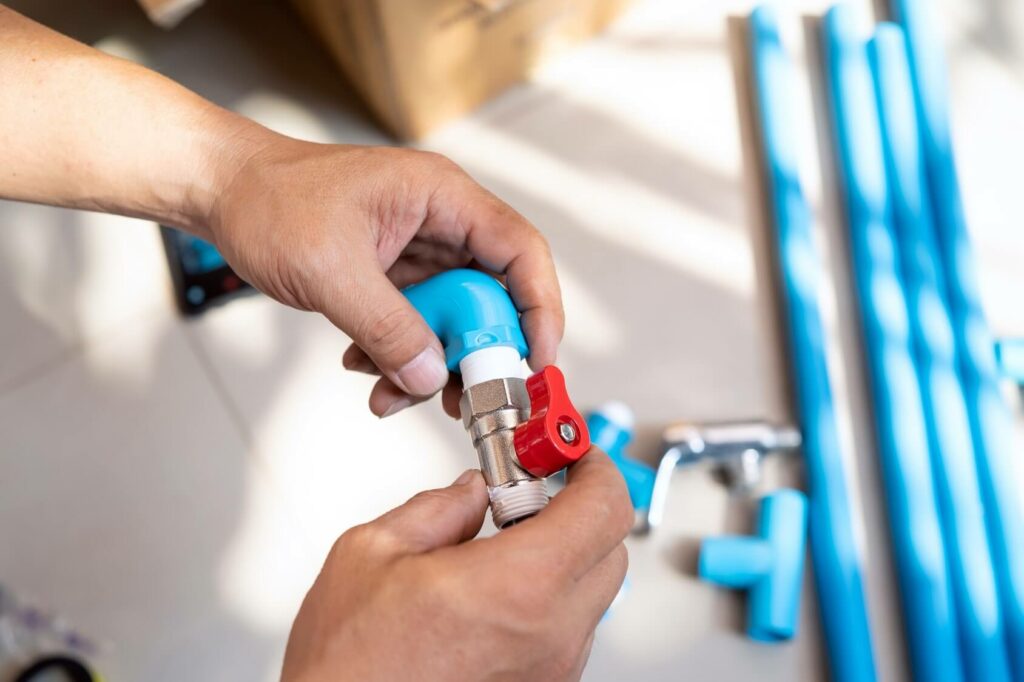
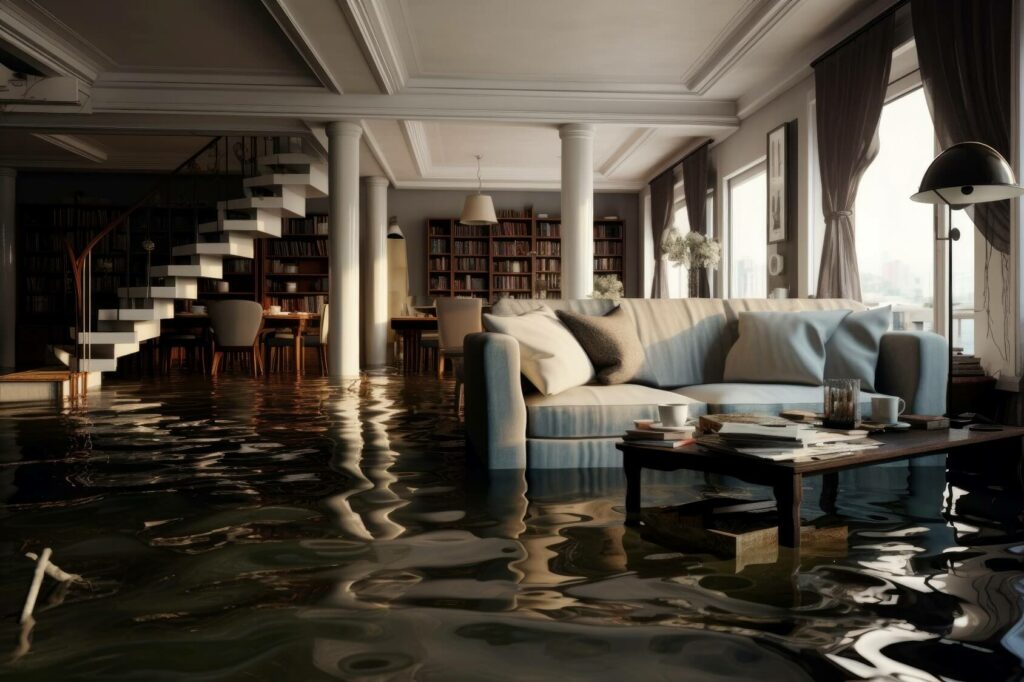
Water Damage Assessment
After completing their assessment and inspection of affected areas from water damage restoration, professionals will develop a plan for repair and restoration which usually involves drying out wet surfaces using dehumidifiers, cleaning up any contaminated materials, disinfecting affected areas with antimicrobial agents, and replacing damaged items such as carpets or furniture if needed. The extent of work required will depend on how deep the moisture penetrated into building materials; deeper-penetrating moisture may require more complex repairs such as wall reconstruction if necessary.
Finally, after all repairs have been completed it’s time for final inspections. Using their specialized equipment once again they take readings on humidity levels throughout each room; this helps ensure that all moisture has been removed from all surfaces before repairs begin so no lingering issues occur later down the line. After these inspections are done a final report is compiled detailing all work done during the process so you can rest easy knowing your home or business has been returned to its pre-damage condition safely and efficiently!
Appliance Leaks
The first step in handling any appliance leak is to locate the source of the leak and assess the amount of water present in the affected area. This will involve using specialized instruments such as moisture meters, thermal imaging cameras, or infrared cameras to determine how much moisture has been absorbed into walls, floors, and furniture. Once the extent of the damage is determined then specialized equipment can be brought in to extract any standing water and start with the drying process.
Professional grade portable extraction units are typically used for small-scale jobs such as extracting water from beneath carpets or from furniture upholstery. These units will typically include an adjustable vacuum hose attachment which can draw out excess moisture quickly and efficiently with minimal disruption. For larger areas a truck mounted extraction unit may be needed which is more powerful than portable models but requires more time for setup and preparation.
Once all excess water has been removed from the affected area then professional grade dehumidifiers should be used to dry out any remaining moisture in walls or floors that may not have been visible during the initial assessment stage. Dehumidifiers work by drawing out moisture vapors which can later condense on colder surfaces creating permanent damage if not addressed correctly. Industrial fans placed strategically around the room can also help increase air circulation thus accelerating the rate at which moisture is removed from walls and other surfaces.

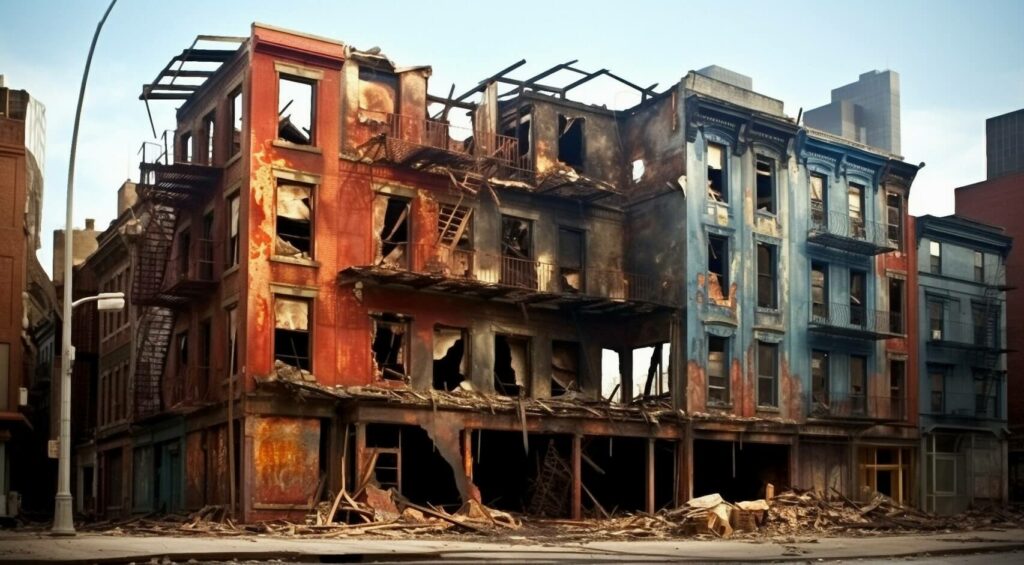
Smoke Damage Removal [location]
The first step in the smoke removal process is deodorization and sanitization of all surfaces that were compromised due to fire and smoke exposure during a water event. This includes walls, ceilings, air ducts, carpets and furniture among others. Specialized cleaning agents are used by technicians which neutralize odors trapped within porous materials like fabrics or upholstery while also sanitizing them against harmful bacteria growth caused by moisture accumulation over time. Finally high-powered HEPA type filters are set up throughout the premises which capture any remaining airborne particles suspended in air including dust mites, mold spores or other allergens that can harm inhabitants’ health if not treated properly after a disaster event like this one occurred at your home or business premises before going through this whole ordeal with all its subsequent repercussions regarding safety as well as valuable possessions being put at risk otherwise when proper cautionary measures weren’t followed accordingly first!
In some cases charred materials may need to be discarded since they cannot be salvaged safely anymore due too much exposure already having happened because everything happens for a reason I guess… Additionally nowadays more advanced technologies like thermal fogging machines can help better remove any lingering smells associated with fires from fabric surfaces like drapes (which have become increasingly popular lately) as well as carpeting – something technicians should certainly keep in mind when tackling tougher renovation scenarios related directly towards getting rid off such hazards whilst restoring your home back into its original state one project completion later down line too!
